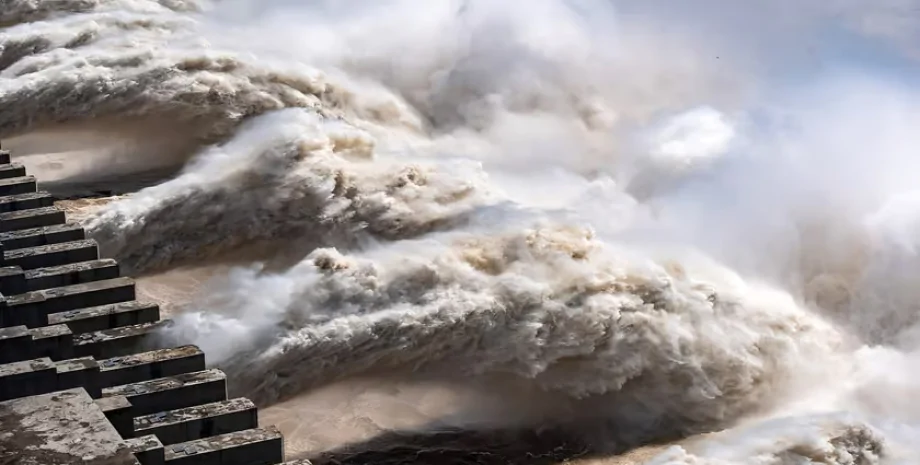China has approved the construction of the largest hydroelectric power station complex on the planet, capable of generating three times more energy than the current record holder.
The Three Gorges Dam , which spans the Yangtze River in China, currently holds the world record for installed capacity and annual hydroelectric output. According to scientists, the dam produces between 95 and 112 terawatt-hours (TWh). But now it looks like the world is set to have a new record holder: China has approved the construction of the world’s largest new hydroelectric power station, writes New Atlas .
The massive new hydroelectric power station is expected to be built on the Yarlung Tsangpo River in Tibet, near the border with India. The project will cost US$137 billion and will be part of China’s 14th Five-Year Plan, which includes environmental goals to accelerate the use of renewable energy and combat pollution.
The new dam’s location is expected to take advantage of the river’s steep terrain to generate more electricity than ever before: 300 billion kilowatt hours per year. To put that into perspective, that’s enough to serve 300 million people in China, and nearly three times what the current record-holder, the Three Gorges Dam, can produce.
For example, the largest power plant in the United States, the Grand Coulee Dam on the Columbia River in Washington, is one of the largest concrete structures in the world and produces only 20 TWh per year. The Hoover Dam, which is on the border of Nevada and Arizona, produces only 4.2 TWh.
The Yarlung Tsangpo River, which becomes the Brahmaputra when it flows into India, is one of the highest rivers on the planet. It originates in the Angsi Glacier in the Tibetan Autonomous Region and is only partly responsible for the formation of the Yarlung Tsangpo Grand Canyon. Researchers know that the region sits on tectonic plates, making it prone to earthquakes, and is also one of the deepest canyons in the world, reaching 6,009 meters at its deepest point. The canyon valley is 504.6 kilometers (311 miles), making it longer than the Grand Canyon in the United States.
Experts note that all this gives the Yarlung Tsangpo River a drop of approximately 7,667 meters from its highest point to India, effectively making the river one of the most “hydropower-rich” in the world. Experts also note that the area near Mount Namcha Barka is an ideal location for a hydroelectric power plant, as the drop there is 2,000 meters.
It is known that the construction of a dam at this location will require drilling several tunnels to drain water, the length of which will be about 20 kilometers. The speed of the water flow at this location is 2,000 cubic meters – for example, this is enough to fill three Olympic swimming pools in just one second.
At the same time, Indian authorities are expressing concern about the construction of the largest hydroelectric power station in the world. In particular, Indian authorities are worried about China’s control of the river and the impact this could have on the border between the two countries.
In turn, Chinese officials said that before the construction plan was approved, extensive geological studies were carried out in the seismically active zone – the results indicate that the construction of the giant can be completed quite safely. However, the construction timeframe for the largest power plant in the world has not yet been announced.
https://focus.ua/technologies/687092-3-milliarda-kilovatt-chasov-v-god-na-zemle-poyavitsya-novaya-gidroelektrostanciya-rekordsmen

